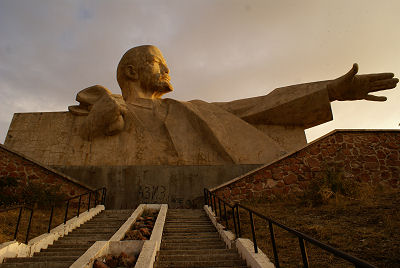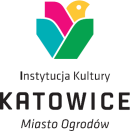|
Strona archiwalna!
Ta strona zawiera treści archiwalne, które nie były zmieniane po 23 września 2019 r. Jeśli chcesz wiedzieć więcej zapoznaj się z deklaracją dostępności
|
||||||
archiwum
 2006 2006
 2008 2008
 2010 2010
 2012 2012
 2014 2014 |
||||||

| ||||||
 |
 |
|||||

|
||||||
| strona główna założenia regulamin kalendarium wskazówki pobierz jury rejestracja zgłoszone projekty galeria gallery | archiwum kontakt | |||||
Description popularizing the research project The oldest of the monuments of Rome, the capital of Italy, date back to the ancient times. The most recognizable and monumental of them is the nearly 2000-year-old Colosseum built in the 1st century. Citizens of Rome have a reason to boast in front of visitors from other capitals. So do Athenians, with Paris and its 11th century Saint- Germain-des-Prés church in the wake. Prague, Wien and Oslo are famous for their medieval monuments. Even if, as it has happened so many times in history, the jewels burned, the ruins and foundations, or scraps of documents remained. Meanwhile in Dushanbe, the capital of Tajikistan, there are no monuments. There is no old city to stroll along charming narrow streets like in most European capitals. It should not surprise anybody as the capital is a peer of many of its 90-year-old citizens. The local youth lack any point of reference in their search for the traces of the past. The situation is much better in the second largest city of Tajikistan, Khujand, where there is a medieval stronghold and the beginnings of the city itself are rooted in the times of Alexander the Great. And so it is in over 2,500-year-old Istaravshan. Tajikistan in its present form is a young state, merely 23- year-old, a peer for the students of universities in Dushanbe. Before, for 67 years it was a part of Soviet Union. There was no state, yet there was a people, who, partially in the territory of the present Republic of Tajikistan made its history, culture and arts. It was not an easy task as the country was subjected to various cultures as well as military and political forces. The soviet period was especially unfavourable for following national traditions and religious rites. Commitment to the culture and tradition is important in shaping both an individual's personality and the national identity, particularly in the world proposed by the European culture. Young people of Tajikistan, if they are to give a new beginning to a generation living like their peers across the Ural Mountains, will find the traces of the land's past only in their parents' and grandparents' stories, and in museums. If they only want to.. Abstract The aim of the project was to analyze the condition of the national historical consciousness of the young intelligentsia of the Tajik university students in Dushanbe. The basis of the project was field research. The material gathered during the research was then employed to reconstruct the imagination of the respondents. Historical and national consciousness is one of the key foundations of the nation-state building. Its creation has become an ideological standard for most of the countries formed after the breakup of the Soviet Union. In Tajikistan, as in other Central Asian countries, the process was complicated by complex ethnic situation and lack of traditions of nation states. Individual republics in this part of the world were born in the minds of Soviet Commissars and did not have their own traditions. National borders do not coincide with the boundaries of the various ethnic groups, because to a large extent they were determined arbitrarily. The situation that twice as many Tajiks live outside their titular republic, than within its borders is significant. Despite the fact the official propaganda and actions of individual governments tend to transform the individual Central Asian republics into the nation-states of the European type, whose idea dates back to the 19th century. In such a situation it is common that in Central Asia state leaders recourse to the ancient traditions of the state and look for "ancient roots of the nation" to justify the contemporary character of the state. Hence, the strong position of the president, often authoritarian, takes on so much of the national characteristics. The study made it possible to gather information on: how the respondents relate to their own history and national culture; how they perceive national/religious minorities living in Tajikistan, and what their attitude towards traditional folk culture is.
|
|
|||||













